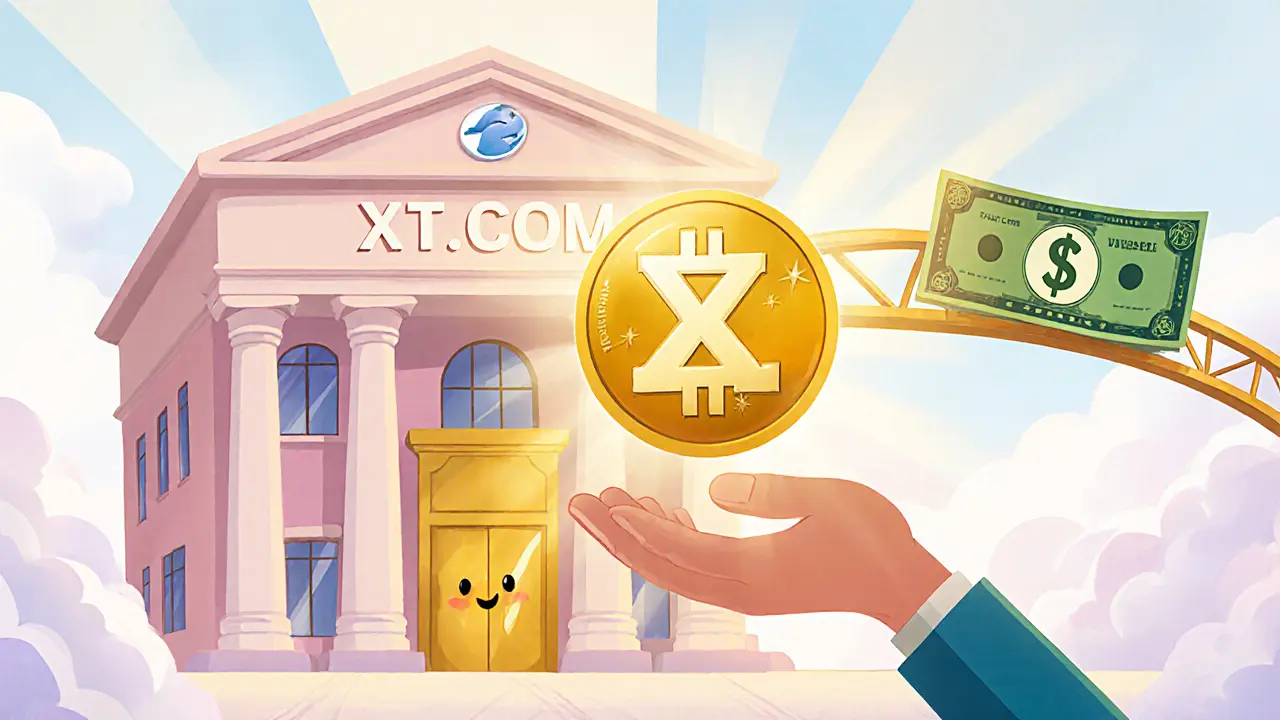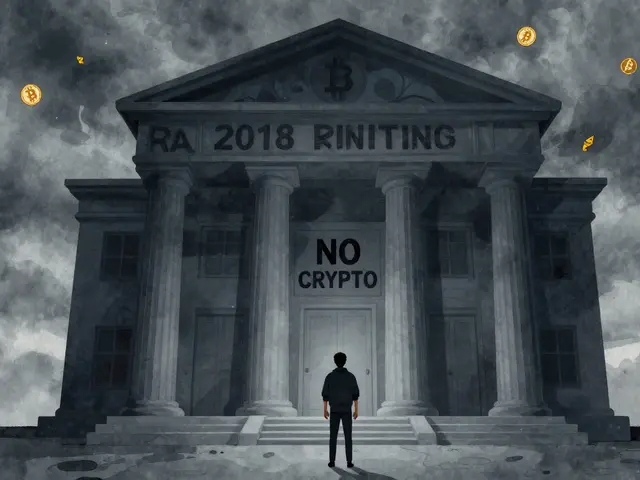XT Stablecoin – Everything You Need to Know
When working with XT Stablecoin, a crypto token pegged to a fiat currency or a basket of assets to keep its price steady. Also known as XT, it aims to provide low‑volatility liquidity for traders and developers alike. Stablecoins like XT bridge traditional finance and blockchain, letting you move value without the wild price swings of Bitcoin or altcoins.
The backbone of any stablecoin is its Tokenomics, the financial design that defines collateral, minting limits, and redemption mechanisms. For XT, tokenomics dictate how much US‑dollar reserve backs each token and how rewards are allocated to keep the peg intact. A clear tokenomics model also tells investors when minting stops, how fees are collected, and what happens during market stress. XT Stablecoin follows a hybrid collateral approach, mixing fiat reserves with algorithmic controls, which helps it stay stable even when one source of backing is under pressure.
Why XT Stablecoin Matters in DeFi
In the world of DeFi, decentralized finance platforms that run without banks or traditional intermediaries, stablecoins serve as the cash layer. XT provides a predictable unit of account for lending, borrowing, and yield farming. When you lock XT in a liquidity pool, the pool’s value doesn’t swing wildly, so other users can trust the price feed. This stability also reduces liquidation risk in leveraged positions, making XT a favorite for risk‑aware traders.
Beyond simple lending, XT unlocks complex cross‑chain bridges. Developers use XT as a settlement token when moving assets between Ethereum, Binance Smart Chain, and newer layer‑2 solutions. Because the peg holds, arbitrage bots can quickly balance prices across chains, improving overall market efficiency. The result is a smoother user experience and lower transaction costs for everyone.
Understanding XT’s on‑chain behavior is crucial for both investors and engineers. On‑chain data, the real‑time metrics recorded on the blockchain such as transaction volume, reserve balance, and peg deviation lets you monitor health at a glance. Tools that pull this data can alert you to sudden reserve drops or abnormal minting spikes, giving you a chance to act before the peg slips. Many dashboards now plot XT’s price vs. its backing reserves, helping you see whether the token’s algorithmic mechanisms are working as intended.
Regulators keep a close eye on stablecoins because they can affect monetary policy and consumer protection. Crypto regulation, the set of laws and supervisory frameworks that govern digital assets in each jurisdiction is evolving fast, and XT must stay compliant to avoid penalties. In the United States, recent legislation classifies certain stablecoins as “money‑like instruments,” requiring regular audits and transparent reserve disclosures. In the EU, the MiCA directive pushes for similar oversight. Knowing the regulatory landscape helps you assess the long‑term viability of XT and plan compliance strategies for your projects.
From a user perspective, the biggest question is safety. XT’s design includes multiple safeguards: reserve audits, automated rebalancing, and a built‑in emergency shutdown that can freeze minting if the peg strays too far. These features reflect lessons learned from earlier stablecoin failures, where single‑point collateral collapse caused massive losses. By diversifying its backing and adding algorithmic controls, XT aims to offer a more resilient alternative.
Finally, XT isn’t just a passive store of value—it can be an active part of your portfolio. Yield farms that accept XT often offer higher APY than those using fiat‑backed stablecoins, thanks to lower overhead and faster settlement. Staking XT can earn you governance tokens that let you vote on future protocol upgrades, creating a feedback loop where users help shape the stablecoin’s evolution.
Below you’ll find a curated collection of articles that dive deeper into each of these areas. Whether you’re looking for a step‑by‑step guide to claim an XT airdrop, a comparative analysis of its tokenomics, or the latest regulatory updates, the posts are organized to give you actionable insight without the fluff. Explore the list and start building a more stable crypto experience today.
XTUSD Stablecoin Explained: What It Is, How It Works, and Key Risks
Learn what XTUSD stablecoin is, how it works on the XT platform, its market data, risks, and how it compares to major stablecoins like USDT, USDC, and DAI.





